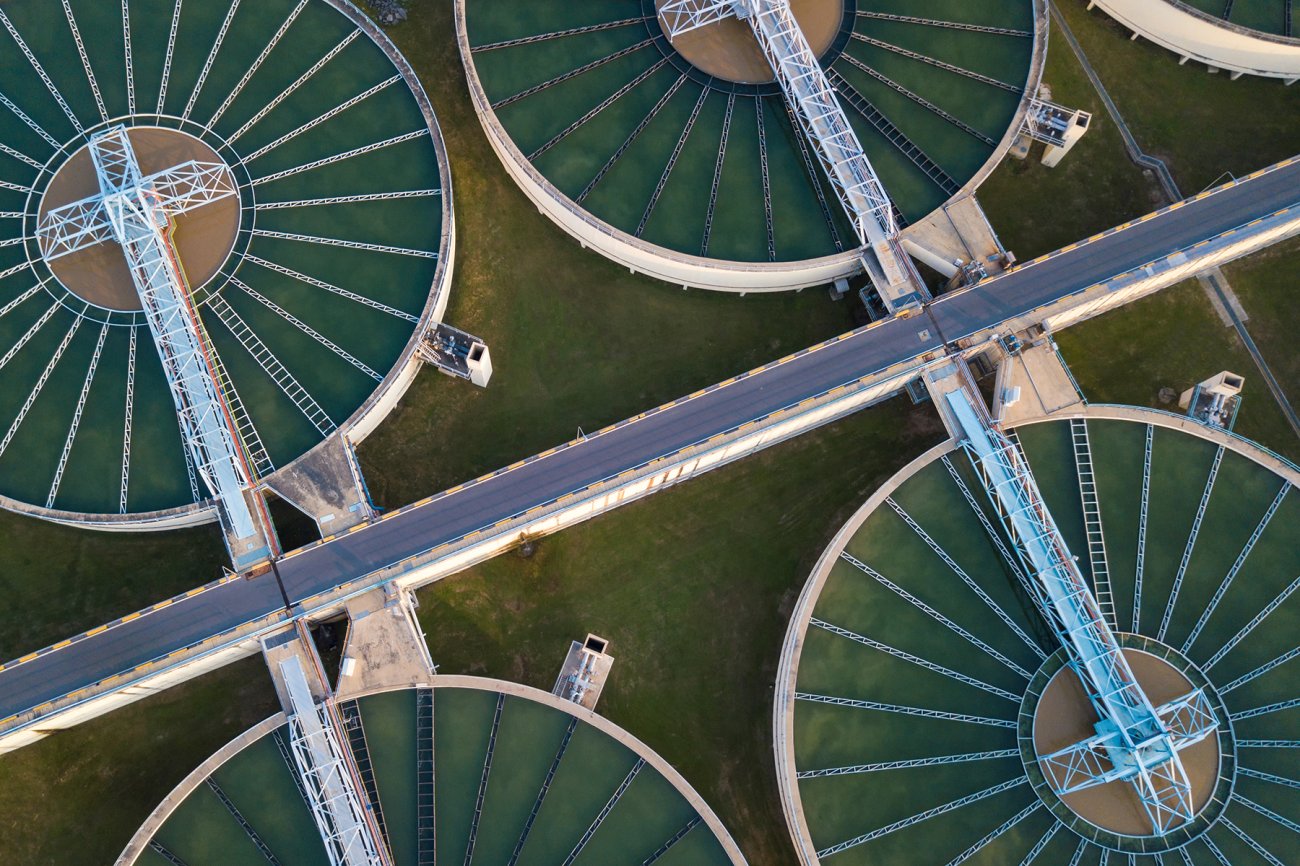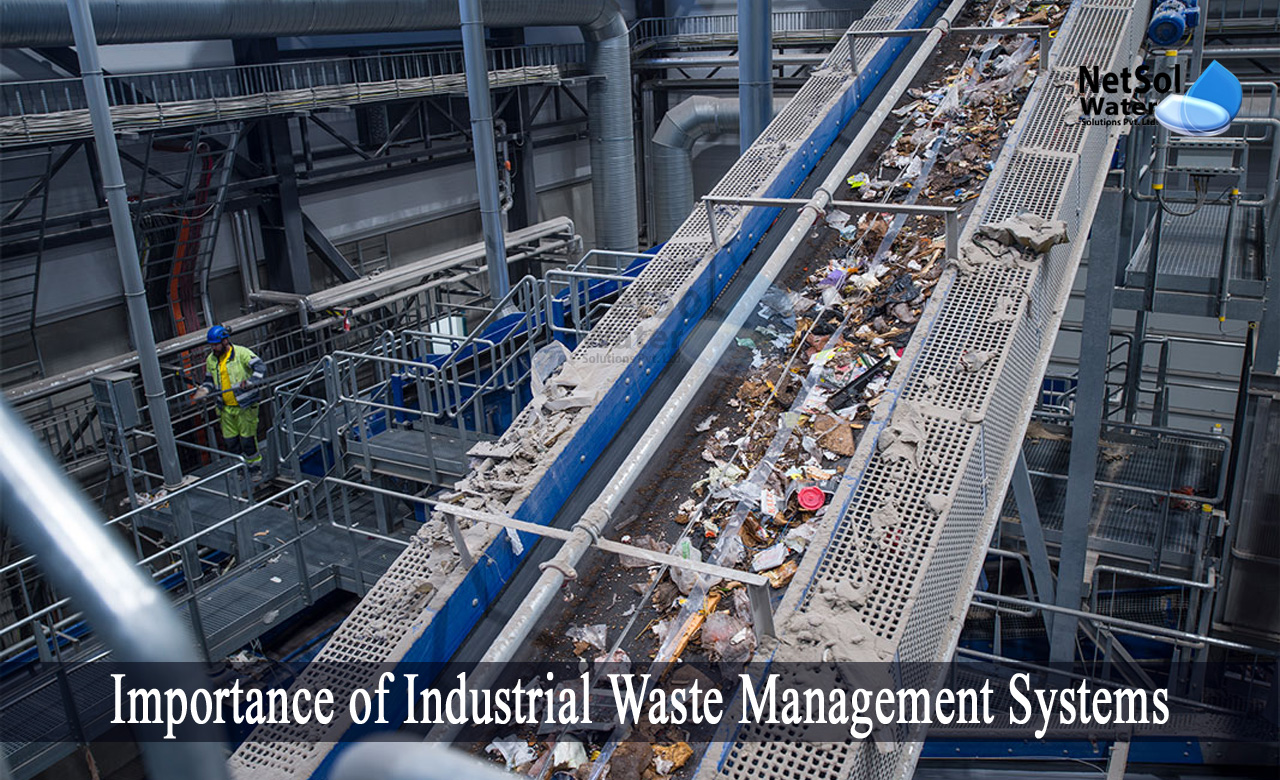The Definitive Guide to Reclaim Waste
The Definitive Guide to Reclaim Waste
Blog Article
Facts About Reclaim Waste Revealed
Table of ContentsReclaim Waste for DummiesRumored Buzz on Reclaim WasteReclaim Waste Fundamentals ExplainedSome Known Factual Statements About Reclaim Waste Reclaim Waste Fundamentals Explained
Discover the types, incidents, and forms of fluid waste. Domestic sewage waste refers to the waste and items from a residential septic system. This kind of waste is developed by human beings in houses, schools, and other buildings. This only consists of septic systems that have a drain area. The appropriate administration and disposal of residential sewer waste call for fluid waste to be moved to a sewage therapy plant where the proper approaches and tools are put on purify and deal with waste.
Industrial waste frequently consists of potential risks, such as flammable products or a mixture of fluid and strong waste products, and calls for a more innovative and in-depth disposal process. The disposal of business waste usually entails the purification of waste prior to transport to make sure safe and correct disposal. Hazardous waste is produced from by-products and runoff of commercial procedures and manufacturing.
This type of waste can not use the exact same sewage monitoring transportation or procedures as septic or industrial liquids. The hazardous waste management procedure needs the evaluation and screening of liquid waste prior to it goes through the disposal procedure (liquid waste removal). Drainage waste is the fluid waste that originates from overflow and excess stormwater in very booming locations or cities
Overflow waste can cause contamination and flooding if not dealt with appropriately. Making sure appropriate waste monitoring can protect against calamities and decrease ecological damage.
7 Easy Facts About Reclaim Waste Described
Contact PROS Solutions today to discover our waste monitoring and disposal services and the appropriate methods to look after the fluid waste you create.
(https://triberr.com/reclaimwaste1)Do you recognize what takes place to your water when you disengage, flush the bathroom or drain pipes the cleaning device? No? Well, it's worth knowing. This supposed 'wastewater' is not just an important resource but, after treatment, will certainly be launched to our land, waterways or the sea. Utilized water from toilets, showers, bathrooms, cooking area sinks, washings and commercial processes is called wastewater.

water made use of to cool down equipment or clean plant and devices). Stormwater, a form of wastewater, is overflow that moves from agricultural and metropolitan locations such as roofing systems, parks, yards, roadways, courses and rain gutters into stormwater drains, after rainfall. Stormwater moves neglected straight to local creeks or rivers, at some point getting to the sea.
Some Known Facts About Reclaim Waste.
In Queensland, the majority of wastewater is treated at sewage treatment plants. Wastewater is transported from residential or commercial sites via a system of drains and pump terminals, called sewage reticulation, to a sewer treatment plant. Neighborhood federal governments build, keep and run most sewer therapy plants. Operators are accredited under the Environmental Protection Act 1994 to release cured wastewater at an appropriate ecological standard right into rivers.
The Division of Natural Resources encourages local federal governments regarding handling, operating and preserving sewerage systems and therapy plants. In unsewered areas, neighborhood governments may require householders to set up private or home sewer treatment systems to deal with residential wastewater from bathrooms, kitchen areas, washrooms and laundries. The Department of Natural Resources authorises using family systems when they are proven to be efficient.
A lot of stormwater gets no treatment. In some new class, treatment of some stormwater to get rid of trash, sand and crushed rock has begun using gross pollutant traps. Wastewater treatment happens in 4 phases: Eliminates solid matter. Larger solids, such as plastics and various other things wrongly discharged to drains, are removed when wastewater is gone through screens.
Utilizes small living organisms understands as micro-organisms to damage down and eliminate continuing to be dissolved wastes and great fragments. Micro-organisms and wastes are included in the sludge.
Get This Report on Reclaim Waste
Nutrient removal is not offered at all sewer treatment plants due to the fact that it needs expensive specialist tools. Clear fluid effluent created after treatment may still consist of disease-causing micro-organisms - liquid waste removal melbourne.

This normally implies wastewater needs to be dealt with or contaminants removed prior to it can be discharged to rivers. The majority of wastewater flows right into the sewage system. Under the Act, neighborhood governments administer approvals and licences for ecologically pertinent activities (Ages) including wastewater launches that could have a regional impact. The division administers authorizations and licences to ERAs entailing wastewater releases that could have a regional or statewide effect.
The 4-Minute Rule for Reclaim Waste
Or else, examples go to my blog are taken for laboratory evaluation. Usually several tests are required to establish the degrees of each of the various contaminants such as oils, hefty steels and pesticides in water. Monitoring provides factual details concerning water top quality and can verify that permit conditions are being met. The information gotten through tracking supplies the basis for making water quality decisions.
Report this page